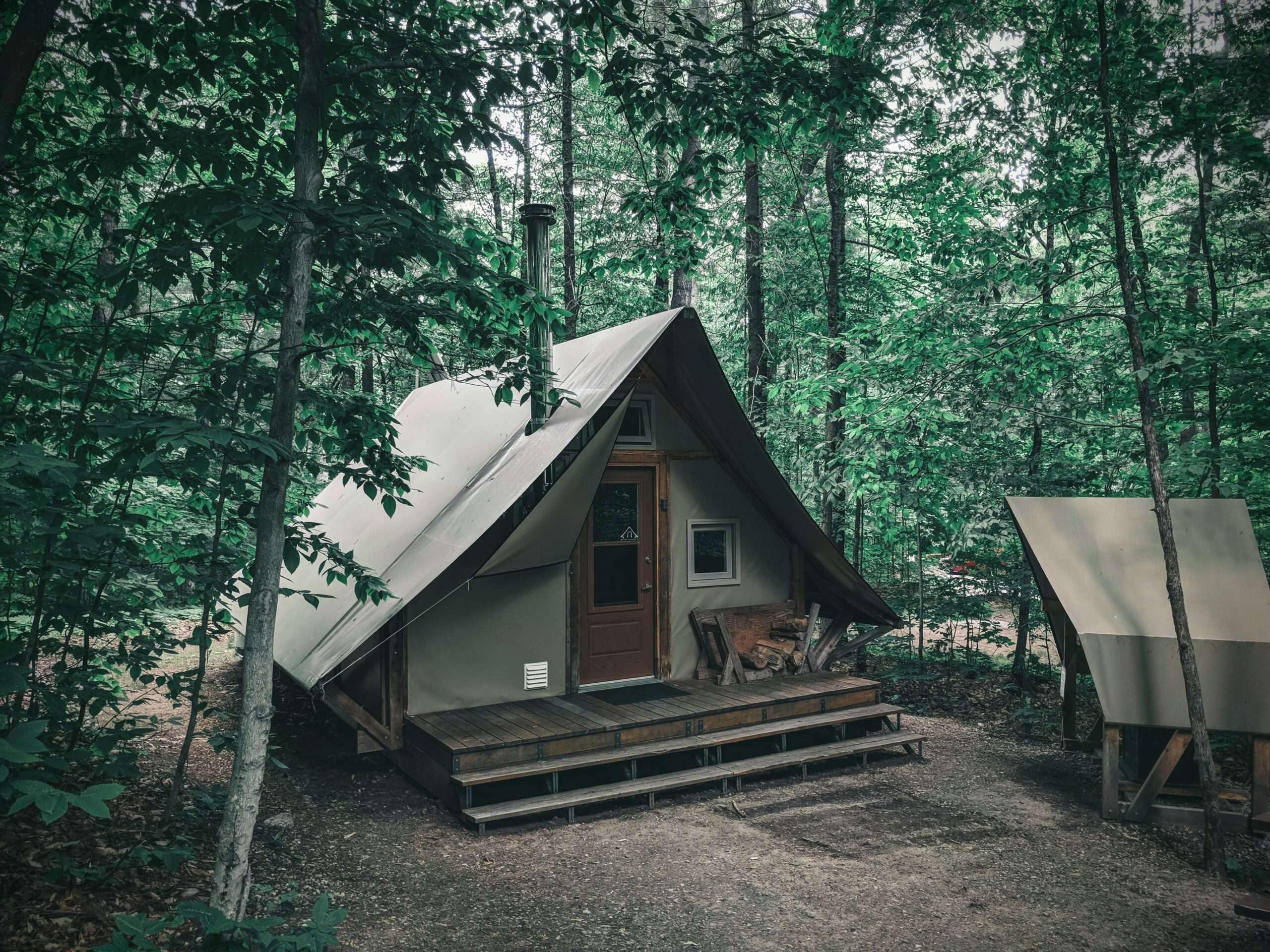Tarpaulin is a heavy fabric used to protect exposed objects against rain and other weather elements. It is a waterproof fabric, such as plastic or canvas, which protects against water damage. HDPE tarpaulin is a special variant of tarpaulin in which HDPE fabric is used. HDPE stands for High-Density Polyethylene.
HDPE tarpaulins feature woven HDPE fabric with LDPE laminations on both sides. Thus, the major material used by HDPE Tarpaulin Roll Manufacturers is High-Density Polyethylene which needs to be synthesized in the laboratory.
Manufacturing process
- A catalytic process is used to derive HDPE from ethylene or petroleum. The catalyst serves to aid the polymerization process, leading to the formation of polyethylene chains in a high-density arrangement. The common catalysts used in making HDPE include chromium/silica catalyst, Ziegler-Nata catalyst, and metallocene catalyst.
- The first step is creating HDPE fabric. The manufacturers of HDPE tarpaulins purchase the base material HDPE in pellet form. The HDPE pellets are put into an extruding line. The extruding line melts the pellets to form a polyethylene film. The polyethylene film is then cut and stretched to create polyethylene yarn. The polyethylene yarn is then cross-weaved by a loom to form a fabric.
- The next step is lamination. The HDPE fabric is laminated with LDPE, LLDPE or both on either side. HDPE Tarpaulin Roll Manufacturers make either three-layer or five-layer HDPE tarpaulin rolls. In the three-layer variant, a single layer of HDPE fabric has a coating of LDPE or LLDPE on each side. Five-layer variant features two layers of HDPE fabric sandwiched between layers of LDPE/LLDPE coatings on both sides.
- Laminated HDPE fabric is cut into desired sizes and sealed. Thickness and dimension vary from one manufacturer to another. The final step in the manufacturing process is border making. In this step, a border is marked and a high-strength rope is attached to it. Metallic hooks are also fixed to function as eyelets for passing ropes. Rolls of HDPE tarpaulins are manufactured using the above mentioned process
Advantages
HDPE tarpaulin rolls have a number of advantages. The top HDPE Tarpaulin Roll Manufacturers use premier HDPE fabric to maximize the benefits of HDPE tarpaulins. The major advantages are as follows:
- High tensile strength and resistance against penetrations
- Light in weight which makes it easy to handle
- Resistant against dyes, stains, and many kinds of chemicals
- High flexibility enables it to be used for covering irregularly shaped objects
- Completely waterproof and also resistant to weather elements and leakage
- UV stabilised varieties which last for longer periods under the sun are widely available
- Fire-resistant and sturdy
- Can be easily repaired
- Best brands use virgin polyethylene to make HDPE fabric
- Available in a plethora of colours, such as blue, yellow, green, orange, black, white and more
Applications
- HDPE Tarpaulin Roll Manufacturers cater to a number of industries and sectors. This is because the high number of advantages associated with HDPE tarpaulins have made them a preferred option for covering many things.
- HDPE tarpaulins are widely used to cover trucks and railway wagons. They are also widely used to cover passenger cars. Apart from the transportation sector, HDPE tarpaulins are also used to make temporary sheds such as shelters for outdoor events and camping and army tents.
- HDPE tarpaulins are also used to cover under-construction buildings and heavy machinery, which are stored out in the open. The agricultural sector also uses HDPE tarpaulins for a host of purposes, such as covering crops and farm machinery to protect them against rain and other weather elements.
- Some of the industries requiring HDPE tarpaulins include shipping, electricity, infrastructure, packaging, sports, and pharmaceuticals.
Know the market overview of global tarpaulin market
The value of the global tarpaulin market is currently USD 8.1 billion, which is expected to increase to USD 13 billion by the year 2033. High growth in the agricultural and building industries are the major growth drivers for this market, especially in the Asia Pacific region. The compound annual growth rate in the 2023-2033 period is estimated to be 4.7%.
HDPE tarpaulins hold a major share in the global tarpaulins market. The high demand for HDPE tarpaulins is due to superior protection against dust and moisture and its suitability as a covering material for many industries.

As the editor of the blog, She curate insightful content that sparks curiosity and fosters learning. With a passion for storytelling and a keen eye for detail, she strive to bring diverse perspectives and engaging narratives to readers, ensuring every piece informs, inspires, and enriches.










